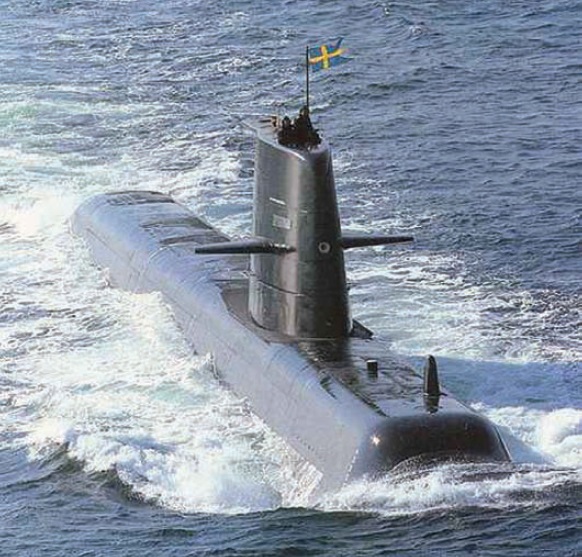CNR, Vol. 11, No. 1 (2015)
Abstract
What could the future look like for Canadian submarines? What are the considerations necessary to develop a credible Canadian submarine capability for the 21st century? Two factors define Canada’s navy – geography and national will. A future Canadian submarine capability must be able to operate in Canada’s area of responsibility. This means an open ocean capability for the Atlantic and Pacific, as well as an ability to work in the Arctic. This is a factor created by geography. Furthermore, a Canadian submarine capability must be affordable, and provide future Canadian governments with options from which to respond to international crises. This factor relates to national will.
Any discussion of a submarine capability that can operate in the diverse Canadian areas of responsibility naturally raises the issue of propulsion. For Canadians, this leads to the topic of non-nuclear Air Independent Propulsion (AIP) systems, a power source that satisfies the desire of Canadians not to adopt nuclear systems, and does not require access to the surface to generate power. The non-nuclear AIP systems can be broken down into four main types: closed-cycle steam turbines; closed-cycle diesel engines; fuel cells (the Proton Exchange Membrane Fuel Cell (PEMFC)); and Stirling cycle engines.
Although propulsion is arguably the most important design consideration as it defines the subsequent operational and support activities, there is more to the design of a submarine than selecting a propulsion system. There are other factors such as support infrastructure, which demands capabilities that are different from the surface fleet, and is particularly challenging for Canada because the submarines would likely be operated from two coasts geographically separated by 4,500 km. These distances demand a duplication of effort that is not experienced by most states. There is also the need for training for crews (possibly duplicated on both coasts), and a reliable supply chain that will support Canadian equipment throughout its in-service life to ensure uninterrupted operational employment. Having sufficient trained expertise to support submarine operations, available on each coast, is essential to maximize submarine availability.
Based on consideration of these factors, any future Canadian submarine capability would likely be based on a conventional submarine, which would need to operate at great distances from support, in an open ocean environment, for extended periods of time. It would need to be supported and crewed by Canadians, and designed to meet Canadian requirements. Acquisition of a submarine capability that diverges from these factors will likely be very expensive indeed.
Norman Jolin is a former naval officer who retired from the Royal Canadian Navy in 2011 after 37 years of service. He is currently an independent defence and strategic analysis consultant.


